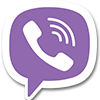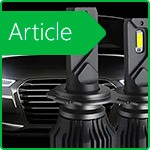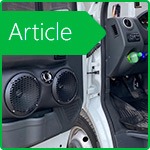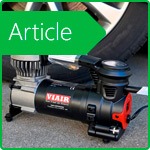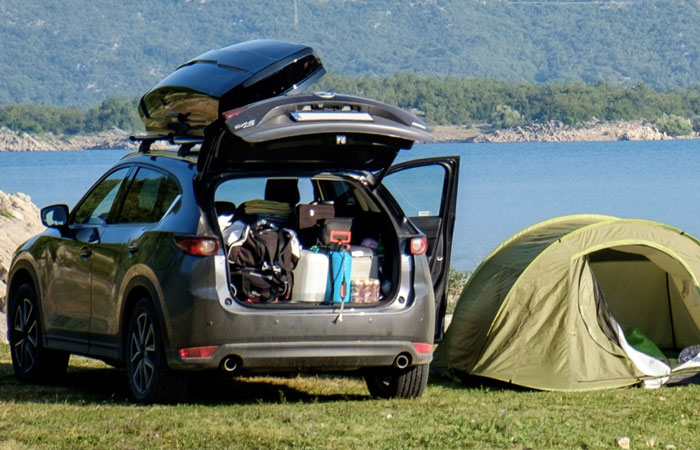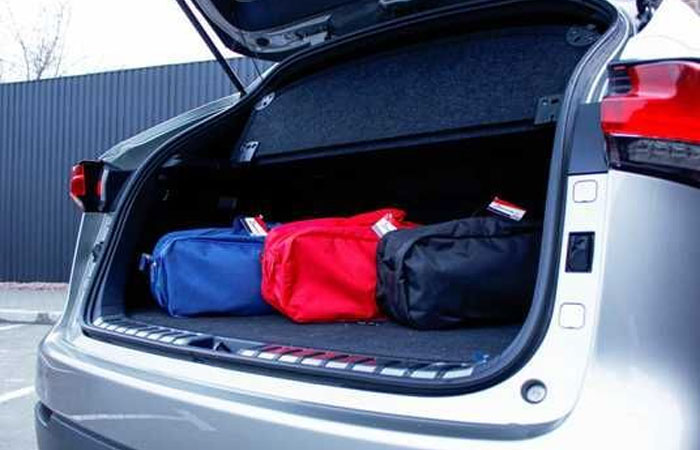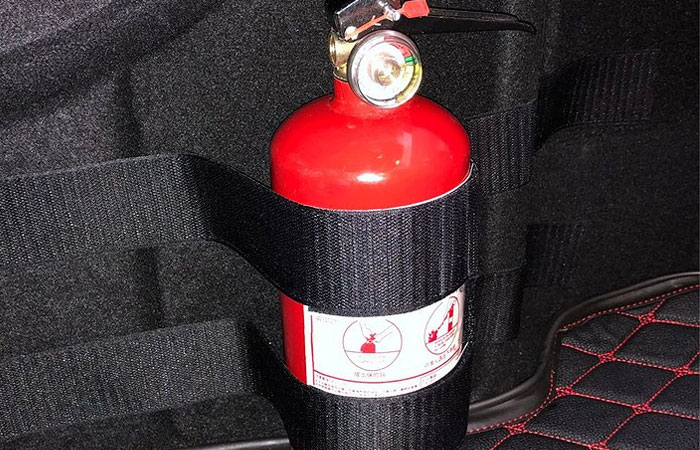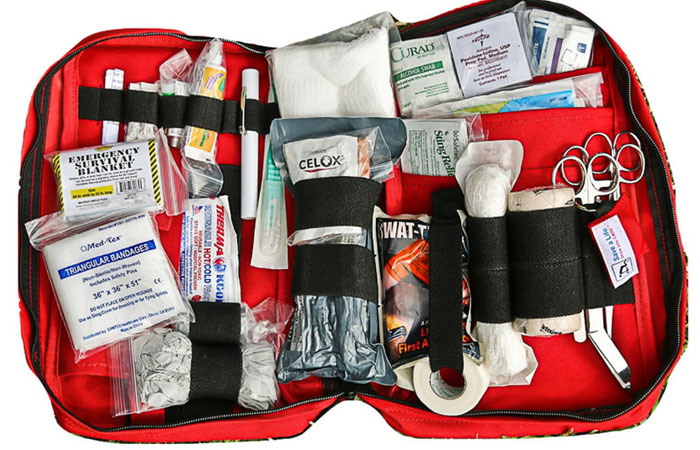Warning Triangle: Which One to Choose and How to Set It Up Correctly
The warning triangle is not just a mandatory part of a car emergency kit — it’s a real tool for ensuring road safety. A poorly positioned or uncertified triangle can not only be ineffective but even dangerous. In this article, we’ll explore the types of triangles, how to choose a reliable one, and where to place it correctly in an emergency.
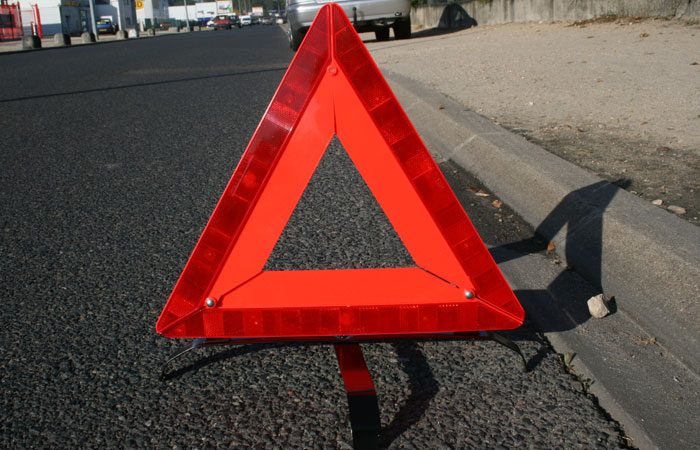
Why Do You Need a Warning Triangle?
This triangle alerts other drivers that a vehicle has stopped due to a breakdown or accident. It helps prevent collisions, especially on highways, curves, and in low-visibility conditions. The presence and correct placement of a warning triangle is a requirement of Ukrainian traffic regulations and a condition for passing technical inspection.
Not All Triangles Are Equal: What to Watch Out For
There are dozens of triangle models on the market, but it’s important to remember: not every triangle is suitable for road use. Key differences include:
- Certified triangles — comply with GOST or DSTU standards, have a stable foldable design, and feature reflective elements. This is the only legal and recommended option.
- Cheap decorative versions — often unstable in wind, lack visibility, and easily topple over. Their use is not recommended and may result in a fine.
To check compliance, look for certification markings. Quality models usually have a weighted base or metal legs for better stability.
Where and How to Place the Warning Triangle Correctly
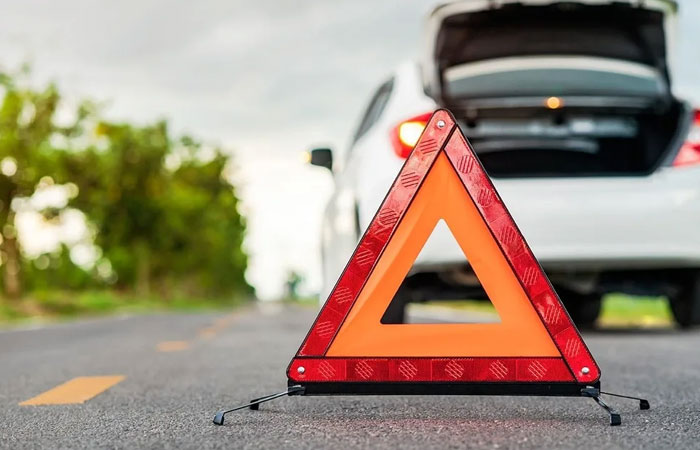
According to Ukraine’s traffic rules, the triangle should be placed:
- In urban areas — at least 20 meters behind the vehicle
- Outside urban areas — at least 40 meters
- On highways or in low-visibility conditions — the distance can be increased to 100 meters
The triangle must be positioned along the centerline behind the car (or on both sides if on a dual carriageway). If the breakdown occurs on a curve, it should be placed beyond the point where the car becomes visible to approaching traffic.
Common Mistakes When Setting Up the Triangle
- Placing it too close to the car — not enough time to warn approaching drivers
- Placing it off to the side — ineffective, especially at night
- Forgetting to set it up at all — a traffic violation and subject to a fine
It’s important to remember: the triangle isn’t just a formality — it’s a life-saving safety tool.
How to Choose a Triangle for Your Car
We recommend choosing a triangle that:
- Has DSTU or GOST certification
- Includes reflective strips or material
- Has a stable, non-slip base
- Is easy to store and transport (foldable frame, case)
In the warning triangle catalog on 130.com.ua, you’ll find only verified models that meet legal requirements and are safe to use.
Conclusion

A properly selected and positioned warning triangle can prevent not only fines but tragic accidents. Don’t save money on certified models — in a critical situation, it might be your only way to warn others. It’s better to invest once in a reliable triangle and drive with confidence and peace of mind.
